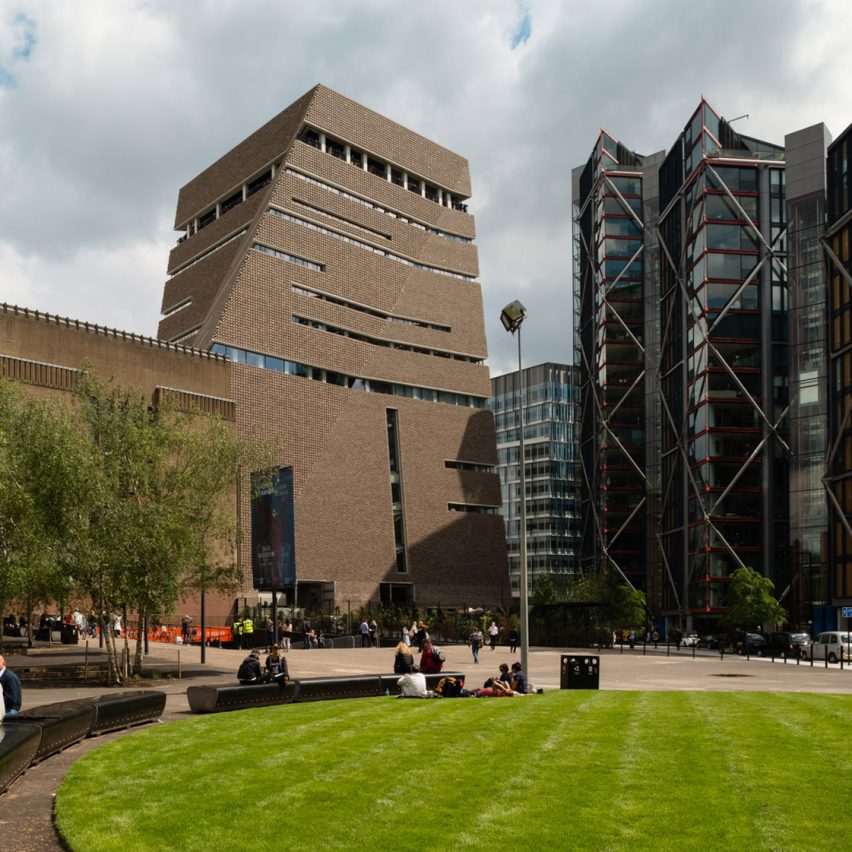Neo Bankside residents lose battle to stop Tate Modern visitors looking into their flats

Residents of the Neo Bankside housing have had their claim that Tate Modern's Herzog & de Meuron-designed extension invades their privacy dismissed by the high court.
Five claimants went to the high court to argue that the privacy of their homes in the Rogers Strick Harbour + Partners-designed apartment blocks on London's South Bank, were being intruded upon by the  Switch House's viewing gallery.
The case has been thrown out by a high court judge, who suggested that the residents could take measures to protect their own privacy, including installing net curtains.
Tate Modern visitors were accused of spying on Neo Bankside residents. Photo is by Edmund Sumner.
The claimants pushed for the gallery to erect screens or cordon off part of the viewing platform entirely, but Mr Justice Mann passed judgement that dismissed their claim of privacy and of nuisance. An application from the claimants to appeal the judge's decision has also been dismissed.
In his judgement Man suggested that the residents, not the gallery, could make alterations. "[It is] plain that some remedial steps could be taken, the owners could lower their solar blinds," reported the Independent. "[Or they] could install privacy film (or) net curtains."
This mirrors the opinion of Tate Modern former galleries director Nicholas Serota, who oversaw the Tate Modern's launch in 2000 and its subsequent £260 million extension, who previously suggested the homeowners could simply put up...
| -------------------------------- |
| "Under-recognised" Itsuko Hasegawa wins inaugural Royal Academy Architecture Prize |
|
|
Villa M by Pierattelli Architetture Modernizes 1950s Florence Estate
31-10-2024 07:22 - (
Architecture )
Kent Avenue Penthouse Merges Industrial and Minimalist Styles
31-10-2024 07:22 - (
Architecture )






